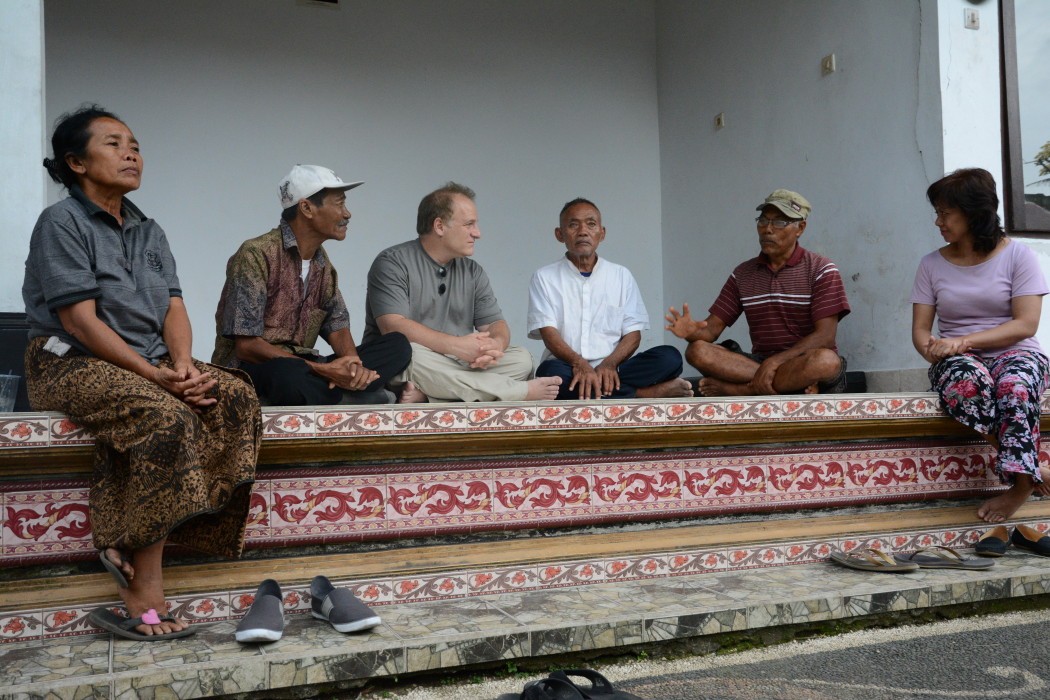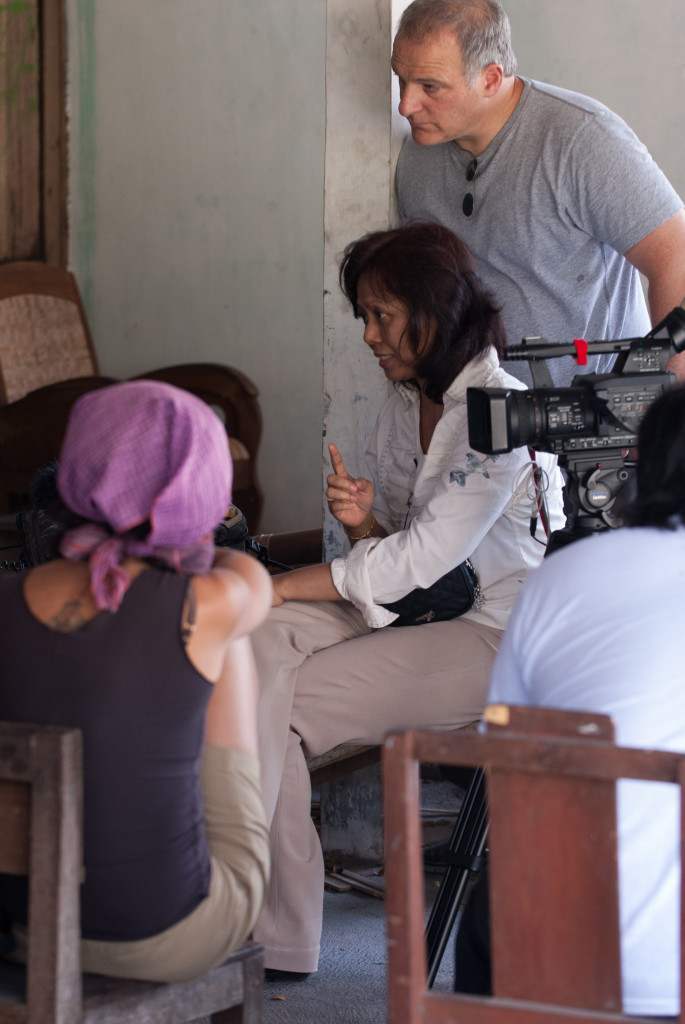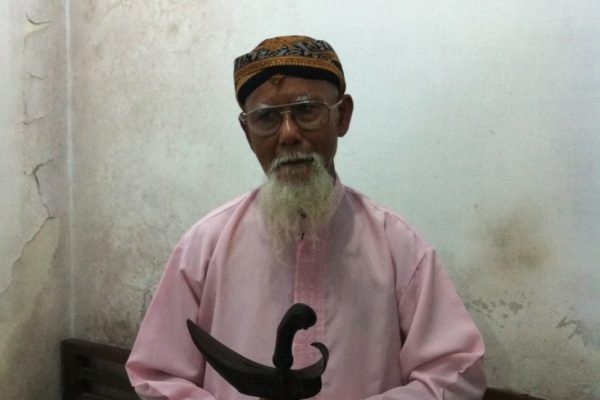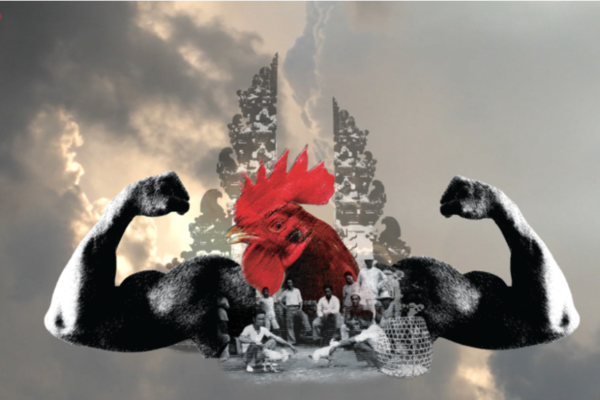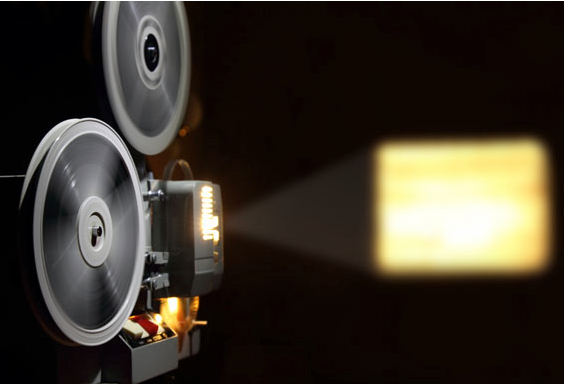Orwell was once asked by his editor to address the question “why I write.” Orwell, in his typically clear and direct manner, listed a range of reasons, from personal ones such as sheer egotism and aesthetic enthusiasm, to much broader ones of historical impulse and political purpose. In thinking about the inaugural post for this blog I asked myself a related question: “why do I make ethnographic films?” I will follow one of Orwell’s leads as to why he writes (and by extension why I make films)—the sense of enjoyment , aesthetic or otherwise, one derives from creating films.
Starting with the mundane and personal, one of the reasons I make films is because it is social and fun. As anyone who has ever slogged through the muddled and tortuous intellectual process of writing a dissertation knows, anthropological research—but more specifically writing—is a lonely (or perhaps, less loaded, “solitary”) endeavor. One almost always writes alone, by oneself, with only intermittent interactions with others. Feedback is frequently limited, and at times difficult to get (as anyone who has ever pestered a reluctant committee member can attest to). If one is lucky, one may have the intermittent (and expensive) help of an editor, but this is usually for quite specific purposes, and in today’s digital world, there is often no actual physical contact with one’s editor.
Ethnographic film is frequently (and for those who are successful, almost always) a collaborative, group endeavor. One works throughout the process with cameramen, editors, musicians, producers, other production assistants, not to mention the collaboration and interaction with the subjects of one’s filming, who increasingly may take a role in the production itself. While lonely nights in the editing bay are commonplace, and there are many instances where one has to slog away at transcription and translation of the video material, when compared with the solitary task of the typical ethnographer, ethnographic film is a much, much more interactive and collaborative enterprise, start to finish.
Along with being a much more social activity than typical anthropological fieldwork (and analysis and writeup), ethnographic film can be a very creative and aesthetic enterprise. In film one is often working with more of one’s senses. For example, while we always engage our visual sense throughout our fieldwork, filming something in one’s fieldworks causes one to focus one’s attention and interests in new, different, and at times unexpected ways. Shooting itself (or if working with a cameraperson, collaborating on shooting), is inherently visual, and involves the sense of sight in multiple ways—from composing individual shots, to planning on a sequence of activities to shoot, to understanding (and manipulating) light and the myriad ways light transforms, can obscure what one sees, to finding beauty by forcing one to focus on what is (in another of Orwell’s phrases) “in front of one’s nose.”
I think this scene from the film American Beauty illustrates this point well.
And this is just in the production stage. Throughout the post production/editing stage one is continually thinking “with one’s eyes,” and in the complex puzzle that is an edit, one is thinking cinematically, in that films should, first and foremost, attempt to tell their stories visually (not always an easy task with the subject matter we work with e.g. psychological anthropology—but that is the subject of another blog.)
The other sense that is being extended, expanded, and reworked at times is hearing. An ethnographic film can be won or lost on the basis of how good the sound recording is. But it is not merely the technical aspects of getting usable and good recordings that is expanded during shooting and editing, it is what one is listening and attending to (or not):
the clanging of a mental hospital’s lock wards doors (from Memory of My Face);
the sobbing of a boy who feels he has lost everything (from 40 Years of Silence);
the everpresent smiles and accompanying laughter that covers deep shame and pain (from The Bird Dancer)
All of these and more come immediately to mind when I think of some of the discrete soundscapes in some of our films. While these would be available and observable in normal fieldwork, the immediacy of the gestalt and context they occurred in would be hard to recapture without the scene itself being recorded on film.
In the film Memory of My Face, there is an extended section focused around the extremely voluble, funny, clever (but indisputably manic) verbal outpouring of the main character, Bambang. The footage was shot in a locked ward of a psychiatric hospital in Central Java. While most of the dialogue is (somewhat) intelligible in the film itself, at the time of the conversation/interview I had almost no concept whatsoever of what he was talking about.
Untangling and interpreting the half-hour conversation, to produce the short (five minute) scene in the film, took months of interpretation, consultation, exegesis, and analysis. Other aspects of meaning would have been lost if we had not recorded it (and recorded it visually). In addition, some of the analysis only made sense if we included, understood, and interpreted the gestures, gesticulations, postures, and multiple interpersonal contexts in which this conversation (and performance) took place.
Music is also another way in which ethnographic film can differ from traditional fieldwork. While most of us find enjoyment, and release, in music throughout our fieldwork, in ethnographic film music can play many roles. Obviously if one is shooting many dramatic, ritual or artistic productions, music plays integral roles. In addition, one must pay attention to music even if it is not the sole, or even main, thing that one is filming in elements such as many performances.[1]
Music plays a very important role if you decide to use a score, or a soundtrack, in one’s films. Most of our films use a soundtrack (how one does this is again the subject of another blog) but, for me personally, working with music and soundtracks is one of the most pleasurable aspects of filmmaking. I have been brought to tears on more than one occasion by music we have composed for our films, and the judicious and appropriate use of a score can support, highlight and strengthen the points one is attempting to make in one’s films.
One of my favorite scenes, greatly enhanced by the musical score, is from Shadows and Illuminations, where Mr. Kereta and Made Ada, his wife, are reflecting back on his illness and their marital relationships.
So whether it is the multiple contexts in which your filming takes place, or it is the specific human, subjective and experiential aspects of the stories themselves, your sense of hearing will be utilized, expanded and sometimes tested in filmmaking in ways that normal fieldwork engages in a much more fragmentary, disjointed, and discontinuous manner.
Moving outwards from the sensory expansion that shooting and editing brings, there are other levels of aesthetic and conceptual complexity that makes filmmaking inherently enjoyable. In some ways these parallel the analysis, writeup, and “crafting” of a piece of writing, but there are some fundamental differences that distinguish and separate ethnographic filmmaking. One is in the overall scope of the enterprise. In ethnographic writing one attempts (within the bounds of word or page limits and the audience or venue one is writing for) to write comprehensively, and in great (or at least sufficient) detail. “Thick” description, or in psychological anthropology “experience near” description are the operative terms. Writing is expansive and strives for completeness and holism. Filmmaking is in some ways almost the opposite, engaging of a variation of classic Freudian concept—“Condensation”—where one tries to pack as many multi layered meanings, imagery, symbolism, frameworks, in a scene as possible. One of the joys of being a scholar is to craft meaning and understanding from material where this is not immediately apparent. In filmmaking, you have to do this within a much more restricted space and time than in writing, and being able to layer and pack these meanings in a visual sense, is really one of its pleasures as a scholar. It is also akin to creating a puzzle, and only those “who have eyes to see,” who are knowledgeable or experts in the subject matter you are dealing with, will understand the meaning you are creating.
A simple example of this occurs towards the end of the opening credits in 40 Years of Silence. At 3’55” there is a shot of hands working on some complex task involving flowers and bamboo. The shot cuts to the making of (for those who have a basic understanding of Balinese culture) a sesajen, or offering. The next jump cut is to the completed offering. Again, one would need to have an even deeper understanding to recognize this as a banten, a funeral offering given for the deceased. But it is no ordinary offering. Having the picture of the deceased person possibly places it into a category of an banten pengulapan, this type being an offering given when there is no corpse, such as when someone is lost at sea. The final jump is the end of the nganyut ke pasih ceremony, where the remains of the deceased are brought to the sea and cast in, completing the ngaben ceremony. This highly constructed scene is a precursor to the film, as the body being memorialized in these shots were Degung’s father, who was killed in 1966 and his body was never returned to the family. A ceremony on the 40th anniversary of his death in 2006 was conducted to, finally, ritually mark his passing (and, in a cosmological sense, allow his soul to reincarnate into his family lineage). This is an example of a scene laden with multiple layers of meaning, but whose meaning is only evident to Balinese (or those knowledgeable about Balinese culture and ritual practice.)
There are many such scenes in all the films we have done, and the meanings and understandings are only available to “those who know.”
In future blogs I plan to expand out on the question of not only “why I make films,” but the larger question of the place that films have, and will increasingly have, in Anthropology proper.
[1] On the negative side, music can interfere in proper sound recording (and one has to request that music be turned down or off when one is shooting certain scenes).

